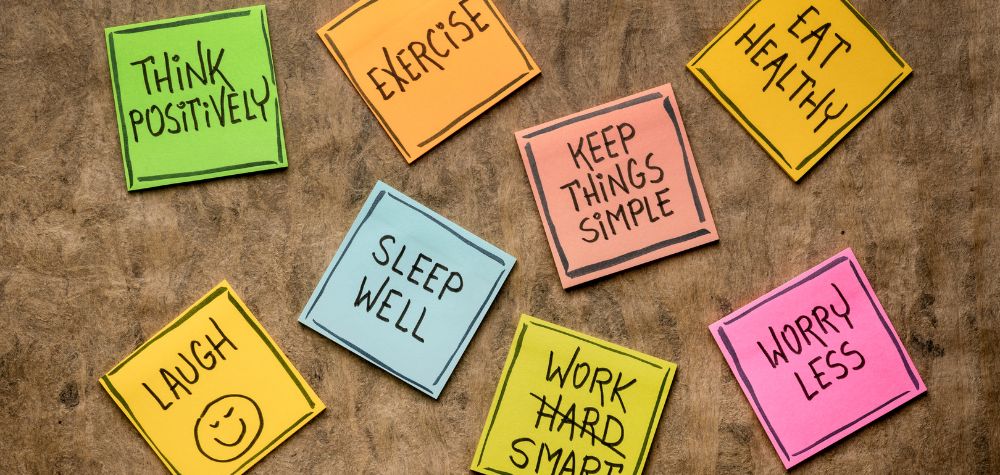
In the world of work, collaboration and teamwork are often the keys to success.
However, it’s not uncommon to encounter difficult colleagues along the way. These challenging individuals can make the workplace less enjoyable and hinder productivity.
Fortunately, some strategies can help you navigate these choppy waters and maintain your composure while working alongside them.
Maintain Professionalism
When dealing with difficult colleagues, it’s crucial to maintain professionalism at all times. Avoid responding to their negative behaviour with negativity of your own. Instead, stay calm, composed, and focused on your work. Responding professionally not only sets a positive example but also reduces the likelihood of escalating conflicts.
Seek Understanding
Try to understand the root cause of your colleague’s behaviour. Are they experiencing personal issues or facing work-related challenges? Sometimes, problematic behaviour can be a result of underlying stress or frustration. Showing empathy and being a good listener can help you gain insight into their perspective and potentially diffuse tension.
Open Communication
Effective communication is the cornerstone of resolving conflicts with difficult colleagues. Initiate a private, one-on-one conversation with them to address the issues. Be specific about the behaviour causing problems and express your feelings using “I” statements. For example, say, “I feel frustrated when you interrupt me during meetings,” instead of blaming them directly.
Set Boundaries
Establish clear boundaries to protect yourself from repeated difficulties. Politely but firmly assert your limits when necessary. For instance, if a colleague consistently disrupts your work, kindly request that they respect your workspace and focus time.
Document Incidents
Keeping a record of problematic incidents can be invaluable, especially if the behaviour persists. Document dates, times, and descriptions of the events. This documentation can serve as evidence if you need to involve HR or management in resolving the issue.
Involve a Neutral Party
If your efforts to resolve the situation directly with your difficult colleague don’t yield results, consider involving a neutral party, such as a supervisor or HR representative. They can mediate the discussion and help find a solution for everyone.
Handling difficult colleagues is a challenge many professionals face at some point in their careers.
However, you can navigate these challenges by maintaining professionalism, seeking understanding, practising open communication, setting boundaries, documenting incidents, involving neutral parties when needed, and focusing on self-care.
Remember that the goal is to create a harmonious work environment where everyone can thrive, and these strategies can help you achieve just that.










